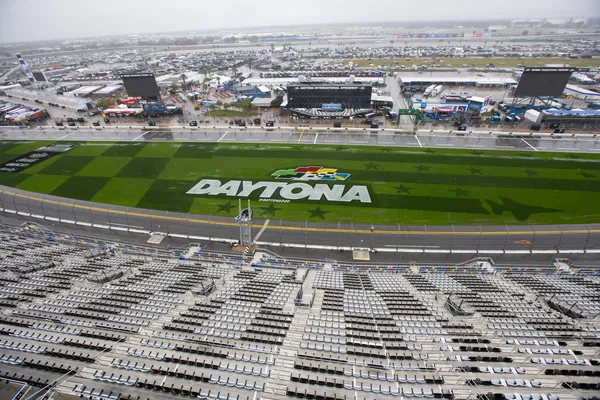The Daytona 500 is one of NASCAR’s most prestigious races, attracting a large number of participants due to its historical significance and financial incentives. In the past, there were no automatic berths for teams, and everyone had to qualify, which led to many drivers missing out. To address this, NASCAR introduced a “consolation race” from 1981 to 1985 for those who didn’t make the cut for the main event. The winner received a modest cash prize, ranging from $3,500 to $5,000 (adjusted for inflation).

While the idea was meant to accommodate the high demand to participate, it ultimately backfired. The races were marred by crashes and safety concerns, leading NASCAR to discontinue the event after just five races. In the 1981 race, only 11 drivers participated, highlighting the popularity of the Daytona 500. The consolation races didn’t have repeat winners, and the event was seen as a risky gimmick.

Fans today recall the high number of participants in the 1980s Daytona 500, noting that many drivers from other series or independent teams attempted to qualify. However, with safety standards lacking at the time and crashes like the infamous 1985 fire, NASCAR wisely ended the experiment. Despite the race’s failure, it remains a part of NASCAR’s history, with many fans reflecting on the bold but ultimately flawed attempt to include more drivers in “The Great American Race.”